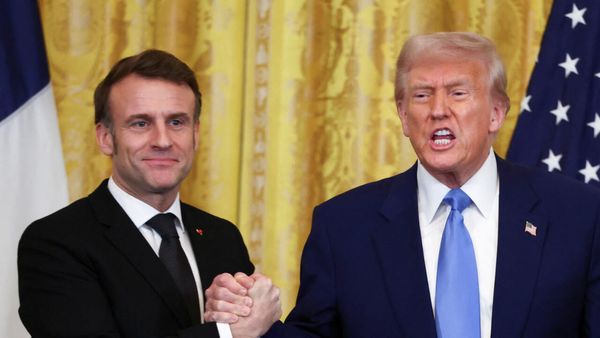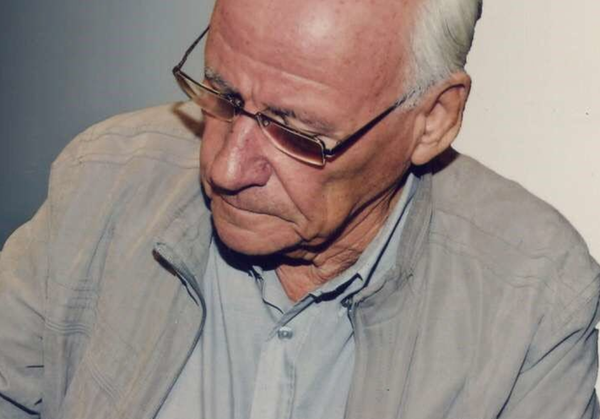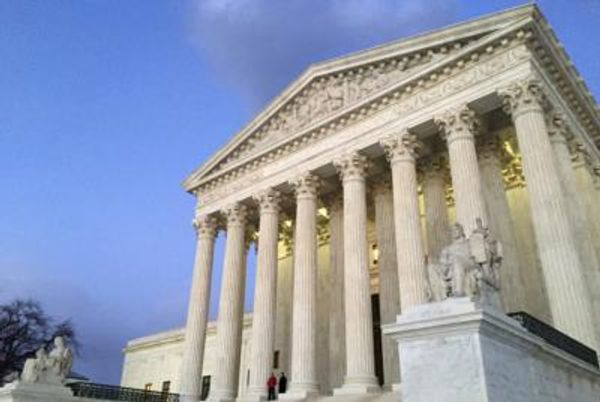
One spring afternoon in 1983, I was walking around Glasgow with my camera. The city was changing, building up to rebranding itself in 1990 as European City of Culture. At that time, Glasgow had the same feeling as New York – there was always something going on in the streets. A lot of my shots come about by chance while I’m wandering about. You turn a corner and find something you didn’t expect. I don’t really plan anything when I photograph: things somehow fall into place.
That was the case with this photograph taken at Kelvingrove Park, in the west end. Most weekends then there were events, concerts and exhibitions at Kelvingrove Art Gallery, which sits in the park. The photograph reflects what Glasgow was at the time: a place on the up. I was enjoying the orderliness of the queue – and then this dog came haring past with its tongue hanging out, as if it wanted an ice-cream too. It was a nice composition, it just worked. Of course, shooting with film, you hope to hell you’ve got it, that you’ve got a straight horizon and no one in the queue is staring at you.
I was working for the Scottish tourist board at the time. I was there for 11 years, until 1984. It was a great springboard: I was given cameras and a pretty free hand. After I left, I had a lot of contacts and the work didn’t seem to stop. I did city guides and went all over the world. An editor once told me I’m a good travel photographer because I always get lost. The best pictures come up that way. I’d always meet interesting people. Once I ended up being driven around Manhattan by a stranger in a 1950s Chevrolet – just because I’d said: “Great car!” He said: “Hop in, I’ll show you around.” Things like that happen to me a lot.
I’m not into manipulation. You’ve got to work with what’s in front of you. The most I’ll do is, say, remove an ugly cigarette packet. I just like straight photographs. Composition is the most important thing. When you’re shooting from the hip, you’ve got to take everything in – shapes, forms, balance – and then you start noticing other things that create a little story. That’s the ideal photograph, but you’re lucky if you get four or five a year.
I’m a photographer by accident. I got a job on a local paper as a trainee commercial artist, but when that fell through they felt sorry for me and put me in the darkroom. I learned a lot, from the copies of Life magazine and Picture Post that were in the office. In the 1960s, I got a job making blow-up prints for film premieres at Leicester Square in London. I was doing 30ft prints of Dustin Hoffman and Jon Voight. They’re a blinking nightmare – you’ve got £50 worth of paper and you have to process it in a huge bath. I’ve spent so much time in darkrooms I don’t want to go back. What I love is the finished image: if there’s an easier way to get there, I’ll take it.
I’m archiving all my pictures now. I’m 76 and the drag at my age is not being able to take risks. I used to climb up buildings and go to ridiculous levels to get a picture. When I look back, I think: “Oh my god, did I really do that?” I once got into the sea at North Queensferry, on the Firth of Forth, in November – just to get the right angle for a picture. You can imagine how cold the water was in winter. I introduced wild swimming to photography – but I’m not going to carry on with it!
I’ve been a photographer for 60 years. The National Galleries of Scotland took six of my photographs recently. One was taken when I was 15. Of course, you gain knowledge and technique, but I still look for the same things. I suppose my work in tourism still affects my photography: I’m not happy showing a place not at its best. I don’t need the blue skies, the pretty clouds and smiley faces, but I do think photographers have got to shoot what they believe in. And I have to look on the bright side.

Douglas Corrance’s CV
Born: Falkirk 1947.
Trained: Self-taught.
Influences: “Henri Cartier-Bresson, Bert Hardy, André Kertész and Arnold Newman”
High point: “Publishing my first Edinburgh book in 1979”
Low point: “Getting mugged in Marrakesh in 1971 and losing allmy gear”
Top tip: “Always ask yourself why you want to be a photographer”
• Douglas Corrance features in the exhibition Cafe Royal Books at Stills, Edinburgh, until 10 February







